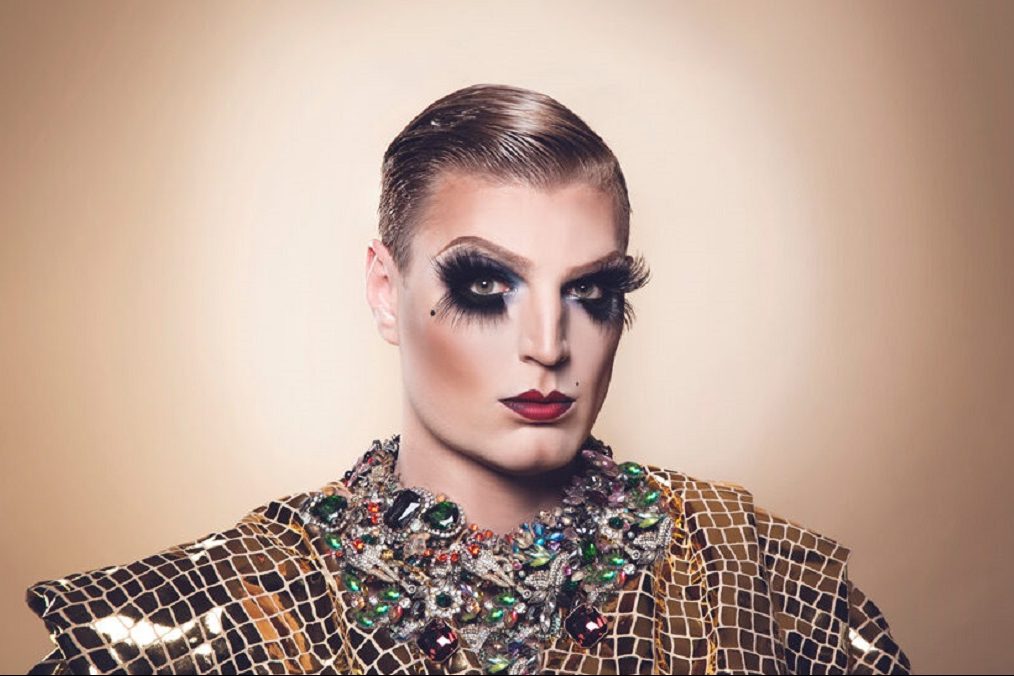
YOU’VE heard all the old jokes about Canberra’s endless roundabouts, but reports that exactly the same joke applies in Brasília confirm what many have long-suspected: these two cities are siblings.
“CityNews” arts writer Anni Doyle Wawrzynczak has just returned from a discovery tour of Brazil.
She hasn’t been travelling the jungles of the Amazon or sunning herself on the beach at Copacabana. Rather, in a carefully planned trip to the national capital, Brasília, she’s been looking into parallels between two utopian “built” capital cities.
“I found we were so similar but there are many differences too,” she says.
“Canberra and Brasília are the world’s only two purpose-built, from zero, planned national capitals,” she tells “CityNews”, “I became fascinated by this.”
The architects who designed Brasília, Lucio Costa, Oscar Niemeyer and Roberto Burke openly acknowledged their debt to Walter Burley Griffin’s prizewinning concept, but we never talk about it.
Forget the quarter-acre block of Canberra. That was an ideal conceived around the time of World War I when modern living meant having your own mini-bungalow, and it’s increasingly looking like a thing of the past.
Brasília, which went up much later, in the 1960s, sought to revolutionise living by setting aside a sector of “Super Quadra” apartments, innovatively laid out in blocks of four and larger groups, with their own shopping strips, bars and schools. Many of the walls are adorned with elaborate decorative tiles and the gardens feature tropical trees dropping mangoes.
Unlike Canberra, Brasília is sectorised, so that medical centres, hardware stores and electrical shops are in separate precincts.
“It all works though,” Anni tells us, “and it was delicious staying in a Super Quadra… I could hear sounds of music coming from the bars from my window.”
Mind you, just as the jokes would have it, for a while she couldn’t work out where she was.
“I found that this sense of endless circles is true – there are no corners… Brasília is built on two axes and everything emanates from that, but to get from one place to another they have what they call little scissors which are turning circles, endless circles.”
Anni is deep in a serious project, conceived while she was writing her doctorate at the ANU and thinking about the idea of the built city. She won the university’s CASS Humanities & Creative Arts ANU Press Prize and her ideas will soon be seen in the resulting book, “How Local Art Made Australia’s National Capital,” in process with ANU Press.
The idea of negotiating a sustainable cultural relationship between what she calls “our yet unofficial sister cities” was not entirely new. In 2001 curator Jane Barney had initiated an exchange between Brazilian artist Marta Penner and Canberra photographic artist Shane Breynard, then in 2013 Robyn Archer sent three Canberra rappers to Brasília to perform in the city’s CENA Contemporanea arts festival, making the point that our culture is of the here and now.
The opportunity for Anni to build a project arose in September 2017, she says, when the stars aligned. “CityNews” asked her to review an exhibition at the Brazilian Embassy. Anni headed for the show and an accompanying symposium and met the newly arrived Brazilian cultural attaché, Romero Maia, who walked her through the exhibition.
Two days later she had lunch with him and explained about her research. He in turn described Brasília and in particular his friend Christus Nobrega, an artist and professor. After meeting with David Broker at Canberra Contemporary Arts Space, a residency at CCAS was organised for Nobrega last November and he stayed with Anni.
“We spent hours and hours talking about Brasília and Canberra and I also helped him produce a project he dreamt of retracing the ‘Priscilla Queen of the Desert’ route into the Centre… I arranged trains, plane, buses, hotels and a water tanker to go into the desert to recreate a rainbow.”
The two quickly decided they should embark on a project involving two co-curators, two cities and two exhibitions. A Brazilian curator would take Canberra art to Brasília and Anni would bring Brazilian art to Canberra, both travelling backwards and forwards.
Speed was of the essence, so initially Anni self-funded a trip to Brasília, visiting ACT Arts Minister Gordon Ramsay before leaving to get in-principle support – “he was very responsive,” she says.
Then she got talking to ANU scholar Maya Haviland, who had won the ANU’s Translational Fellowship to explore cultural co-creativity. Haviland suggested Anni add education into the mix and invited her into her project.
Then it was off to Brasília in May and June, a whirlwind trip but resulting in indelible impressions. “In short, the arts and cultural doors of Brasília were flung open for me,” Anni says.
Who can be trusted?
In a world of spin and confusion, there’s never been a more important time to support independent journalism in Canberra.
If you trust our work online and want to enforce the power of independent voices, I invite you to make a small contribution.
Every dollar of support is invested back into our journalism to help keep citynews.com.au strong and free.
Thank you,
Ian Meikle, editor




Leave a Reply